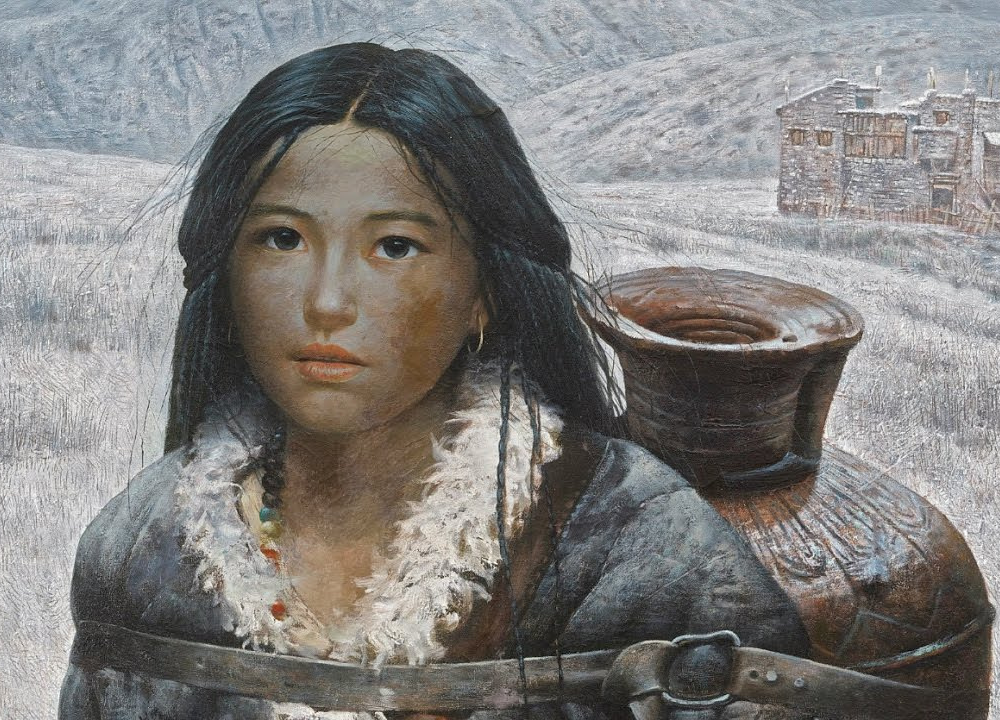Technology has had a profound impact on the creation and experience of 3D art, revolutionizing the medium and expanding its possibilities in ways that were previously unimaginable. Here are some ways technology has influenced 3D art:
Digital Sculpting and Modeling: Computer software and digital tools have enabled artists to create intricate and detailed 3D sculptures and models with greater precision and efficiency. Digital sculpting allows for easy manipulation of forms, textures, and proportions, providing artists with powerful tools for expressing their ideas.
3D Printing: The advent of 3D printing technology has opened up new avenues for artists to bring their virtual creations into the physical realm. 3D printers can produce sculptures and objects layer by layer, using various materials like plastic, metal, and even organic matter, offering artists unique possibilities for material exploration and experimentation.
Virtual Reality (VR) and Augmented Reality (AR): VR and AR technologies have transformed the way audiences experience 3D art. With VR, viewers can immerse themselves in virtual art galleries, interact with sculptures, and explore virtual environments created by artists. AR overlays digital elements onto the real world, enabling interactive and mixed-reality experiences that blend the physical and digital realms.
Interactive Installations: Technology has facilitated the rise of interactive 3D art installations that respond to viewers’ movements, gestures, or sound. Motion sensors, touch screens, and other interactive devices enhance audience engagement, making the art-viewing experience more dynamic and participatory.
Kinetic Sculpture and Digital Animation: Technological advancements have allowed artists to create kinetic sculptures and digital animations that move and change shape, challenging the static nature of traditional sculptures and offering new dimensions of visual interest and storytelling.
Digital Projection Mapping: Projection mapping technology allows artists to project images and animations onto three-dimensional surfaces, transforming sculptures, buildings, and landscapes into dynamic and visually stunning artworks. This technique blurs the lines between the physical and digital worlds, creating immersive and ephemeral experiences.
Online and Virtual Exhibitions: The internet has provided artists with a global platform to showcase their 3D artworks to a vast audience. Online galleries and virtual exhibitions have become increasingly popular, allowing viewers from around the world to access and appreciate 3D art from the comfort of their homes.
Collaboration and Global Networking: Technology has facilitated collaboration among artists, engineers, and designers from different parts of the world. Through online platforms and virtual communication tools, artists can exchange ideas, share resources, and collaborate on ambitious 3D art projects that transcend geographical boundaries.
Preservation and Documentation: Digital technology has improved the preservation and documentation of 3D art, allowing for accurate digital archiving and replication. This ensures that important 3D artworks can be safeguarded and shared with future generations.
In conclusion, technology has significantly transformed the landscape of 3D art, empowering artists with innovative tools and techniques to push the boundaries of creativity and audience engagement. The integration of technology in 3D art has opened up exciting new possibilities, making the medium more accessible, interactive, and dynamic than ever before. As technology continues to advance, the future of 3D art holds even more promise for groundbreaking innovations and captivating experiences.


